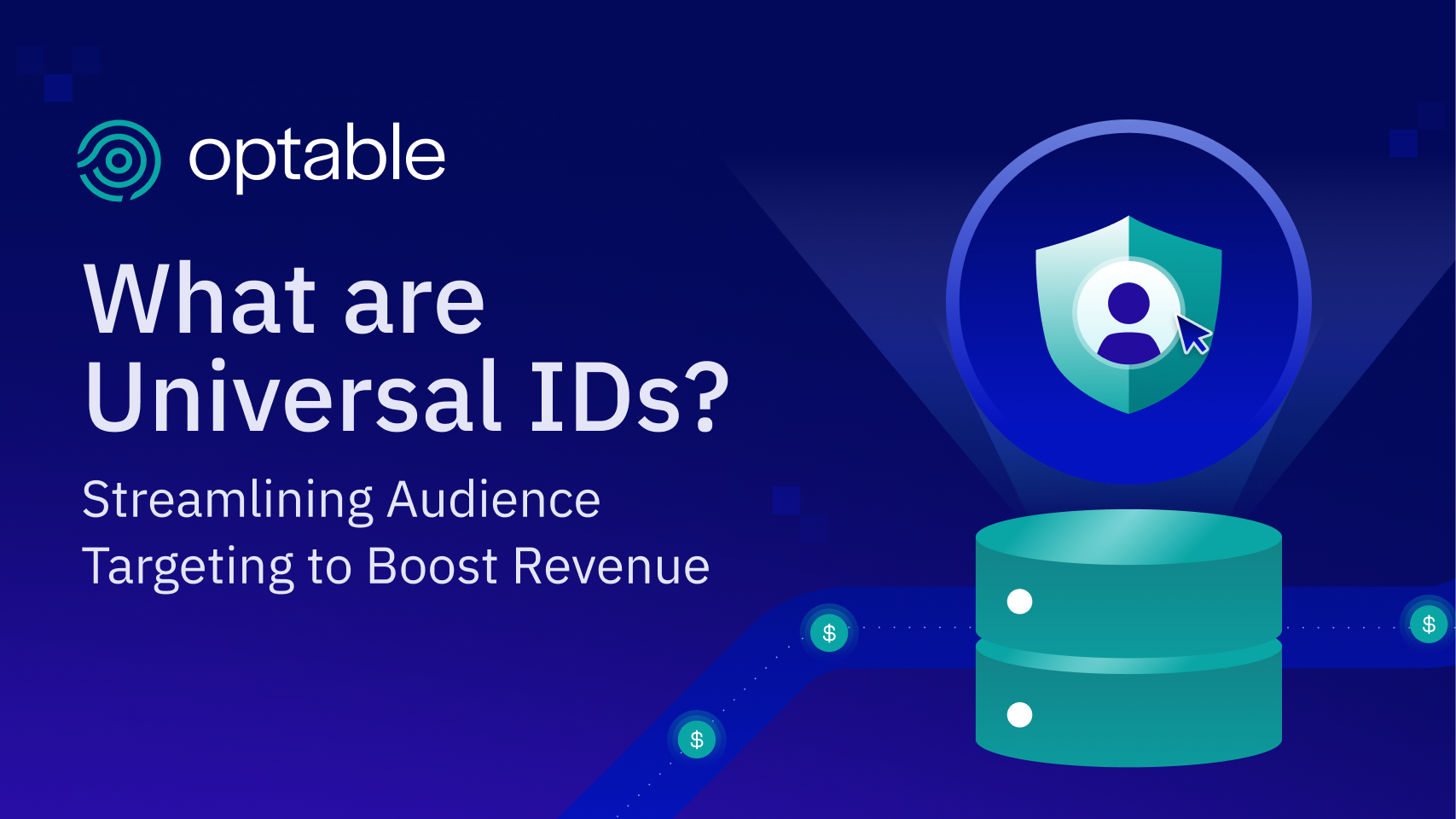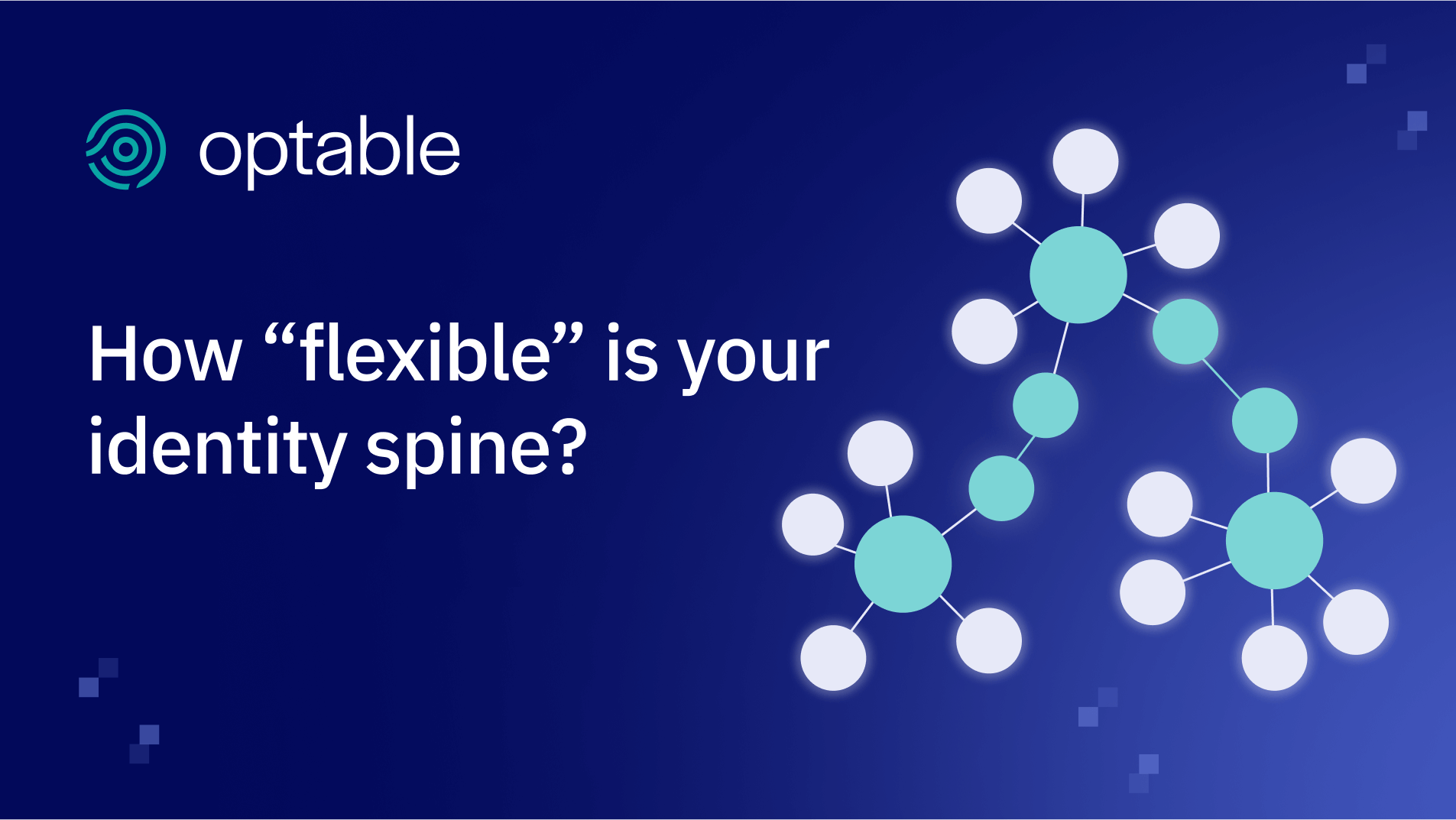Overview
With the continuing loss of third-party signals, contextual targeting is becoming a popular alternative to ID-based solutions for delivering targeted advertising. It involves classifying web pages, as well as video and audio content, based on content categories and sentiment using keywords, titles, and meta tags. The classifications are then used to build audiences for targeting or suppression campaigns and, oftentimes, to curate deals to make inventory more attractive.
Oracle's Grapeshot, a widely adopted contextual product, recently announced the sunset of its entire portfolio. With little time to plan, publishers and marketers have quickly sought replacement solutions. While there are plenty of data providers in the market who can provide contextual categorization through natural language processing (NLP) or other methods, one of the biggest challenges publishers face is integrating this data, normalizing it, and making it actionable through simple audience-building UI and integration with activation end-points.
Optable can help publishers recreate audiences at scale with minimal revenue loss. This guide will show you how to use our platform to manage third-party contextual solutions. Our customers can then use our platform and tools to build audiences from contextual signals.

.png)







.png)
